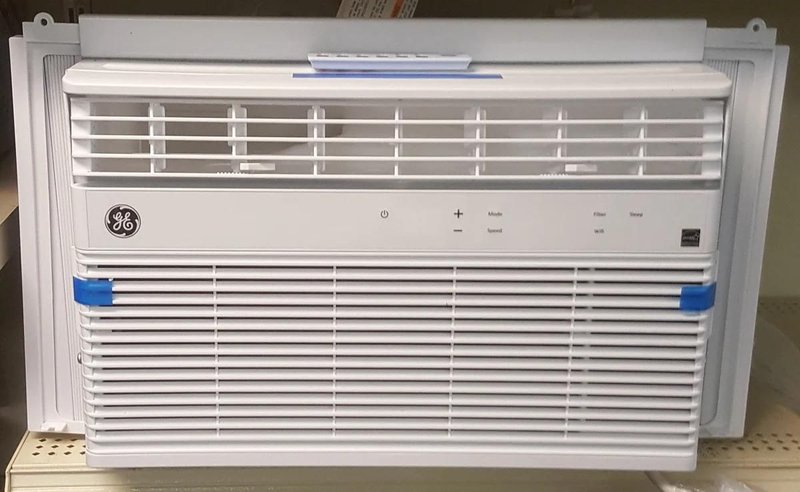
So, what exactly is this Error Code E2 all about? In simple terms, it’s your air conditioner’s way of waving a little yellow flag to say, “Hey, there’s something off with my temperature sensor!” The temperature sensor is like the thermostat’s little helper, keeping track of the air conditioner’s internal temperature. If it can’t sense correctly, it means trouble for your cooling system. But don’t worry, there are ways to prevent this error from interrupting your summer comfort again.
Understanding Error Code E2
Before diving into prevention, let’s get to know what Error Code E2 really means. Basically, this code indicates an issue with the thermostat sensor. Imagine it’s like trying to bake a perfect cake without knowing the oven’s exact temperature. If the sensor can’t accurately detect the air temperature, the system can’t adjust to maintain the desired coolness.
You might wonder why this even happens. Well, this error can occur if the sensor is malfunctioning, improperly placed, or even if it’s obstructed by dust or debris. A simple comparison would be wearing sunglasses smeared with fingerprints—your vision is impaired, just like the sensor’s ability to detect temperature changes. The system doesn’t know if it should crank up the cold air or ease off, leading to poor performance or a shutdown.
Next steps? If you’re seeing this code, you might want to check the placement of the sensor. Is it still tucked away in its original position, or has it somehow shifted around? Sometimes, a gentle adjustment can make all the difference. Plus, you might need to consider giving your unit a good clean. Dust and dirt build-up isn’t just a nuisance; it’s a real impediment to proper sensor functioning.
Regular Maintenance: The Key to Prevention
Now that you know what causes Error Code E2, let’s talk about how to keep it at bay. The answer lies in regular maintenance. Think of it like taking your pet to the vet for check-ups. Regular care prevents small problems from snowballing into major ones.
Start by scheduling routine inspections of your air conditioning unit. This doesn’t mean you need a professional technician every time. You can perform simple checks yourself. Take a look at the sensor and ensure it’s clean and secure. Wipe away any dust or debris using a soft cloth. Keeping the sensor clean is like making sure your glasses are smudge-free. Clear vision for your device means optimal performance.
Additionally, it’s wise to check the filters because clogged filters can cause the AC unit to overwork, indirectly impacting the sensor. Every couple of months, or more frequently if your environment is dust-heavy, take out the filters, and either wash or replace them as needed. It’s like giving your air conditioner a nice, refreshing drink of water.
Environmental Considerations
Another factor to think about is where your air conditioner is placed. You wouldn’t leave a laptop out in the rain, right? Similarly, your air conditioner needs to be situated in an environment where it can function optimally. Keep it away from direct sunlight or heat sources, as these can cause fluctuations in temperature readings, confusing the sensor.
Moreover, ensure that the area around the unit is clear from obstructions. Overcrowding the space with furniture or clutter can disrupt airflow and affect the sensor’s ability to do its job. Like trying to speak with someone in a noisy room, too much interference will only make things worse.
Consider adding shades or blinds around your windows to reduce excessive heat from outdoor sunlight. This not only helps your air conditioner to maintain a constant temperature but also reduces energy consumption. Win-win!
When to Call a Professional
Sometimes, no matter how much we clean or adjust, the issue persists. What then? Just as we visit a doctor when home remedies don’t soothe a persistent headache, calling in a professional for your air conditioner might be the best move.
If you’ve checked the sensor’s position, cleaned all the necessary parts, and ensured the environmental conditions are optimal, yet the error persists, it could be a sign of a deeper issue. Professionals can conduct a more thorough inspection, pinpointing any electrical problems or faulty components that might not be visible to the untrained eye. It’s like having a detective solve a mystery that’s been eluding you.
Pro tip: Regularly servicing your unit, even when there’s no immediate issue, can prevent future headaches. Much like a regular health check-up, this keeps your air conditioner in top shape, ensuring Error Code E2 becomes a thing of the past.
Error Code E2 might sound daunting, but with these preventative measures, you can ensure your air conditioner runs smoothly. Regular maintenance, careful placement, and a clean environment act as a strong defense against this pesky problem. By staying proactive, you’ll enjoy cool, comfortable rooms all summer long without any interruptions. So go ahead, give your GE air conditioner the care it deserves and keep Error Code E2 at bay!